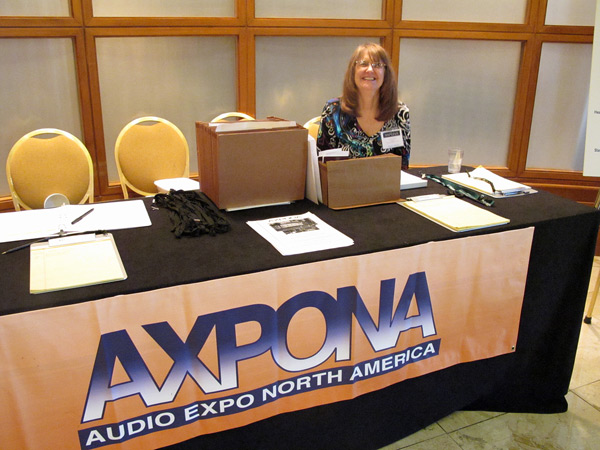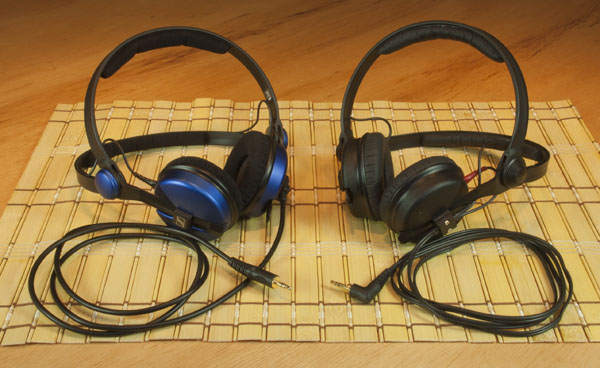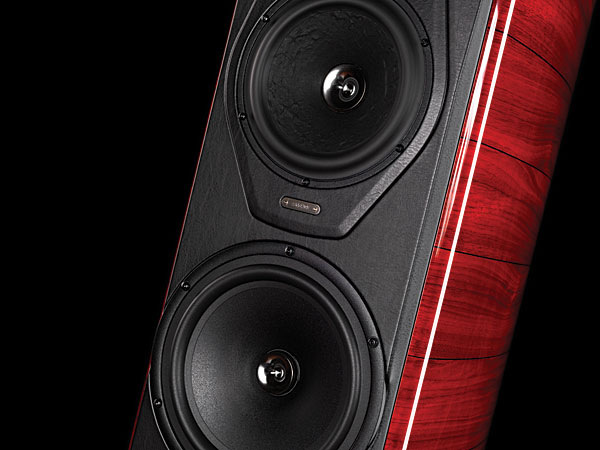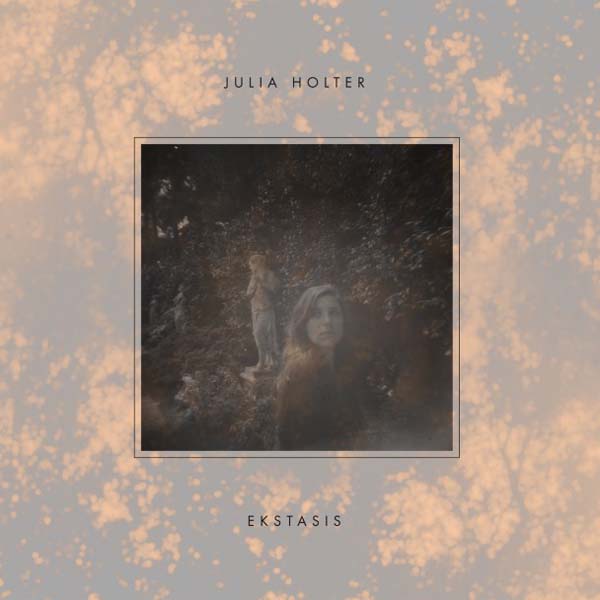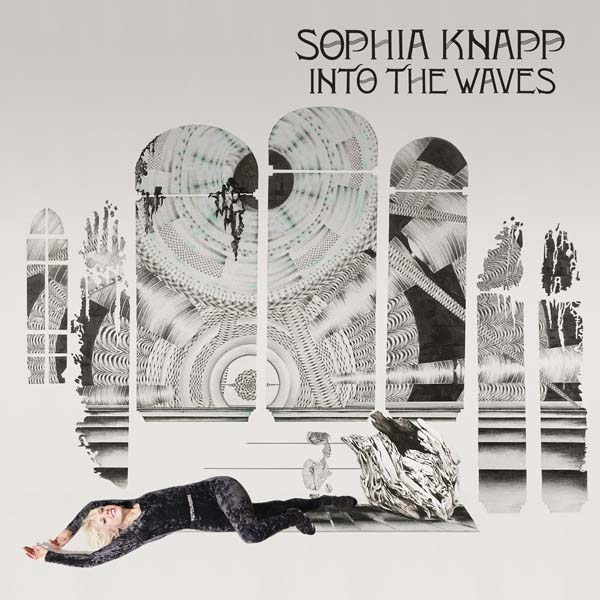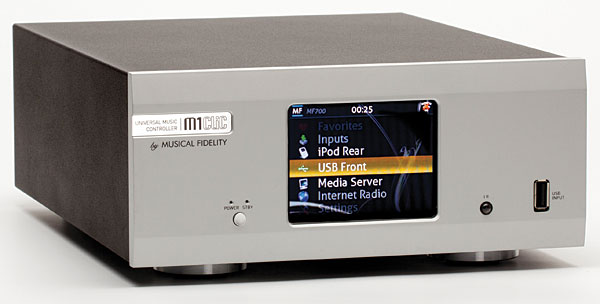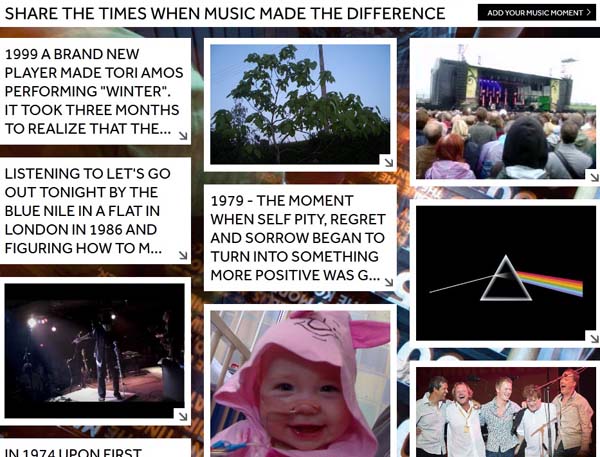LATEST ADDITIONS
The Most Excellent Sennheiser Amperior and HD 25-1 II
The latest in a long, long line of HD 25 variants, Sennheiser puts new clothes on the Amperior with milled aluminum cups and a new cable. Is it just bluff and bluster, or are these new cans worth nearly double the price of the HD 25-1 II?
I'm thinking so.
Aerial Acoustics Model 7T loudspeaker
Sonus Faber Amati Futura loudspeaker
Nite Jewel: One Second of Love
I was crazy. My initial reaction was wrong: The more I listened, the more I enjoyed the song’s motoric drive, insistent, each cold verse followed by seductive chorus, its gentle harmonies contributed by fellow LA-based artist, Julia Holter, its insolent snarl and alluring coo. I can’t get the song out of my mind. I wake up with it, come back to it throughout the day.
Julia Holter at Other Music
I was also pleased to see that In Living Stereo now carries Wharfedale’s affordable overachiever, the Diamond 10.1 loudspeaker ($350/pair), and its considerably bigger brother, the 10.2. At just $100/pair more than the 10.1, the 10.2 at least looks like it can provide a much bigger, more solid and controlled sound.
Julia Holter hit my radar in November 2011, while I was preparing my year-end list of favorite recordings.
Sophia Knapp: Into the Waves
Musical Fidelity M1 CLiC universal music controller
Listening #111
Music Matters: A Better Way.
In the conclusion to our CES show report, I wrote: “Hi-fi is about making music. CES is about making money.”
But maybe I was being naïve. Though I’d love to pretend otherwise, high-end audio is as much about commerce as it is about music. This fact is inescapable. Yet the focus on money was so great at CES that I left Las Vegas wondering whether there was some better way. Isn’t there a better, more appropriate way to showcase high-end audio, one that sets aside monetary matters and, at least for a short while, puts music matters first?
I left Seattle last week wondering if we had already found that better way.

